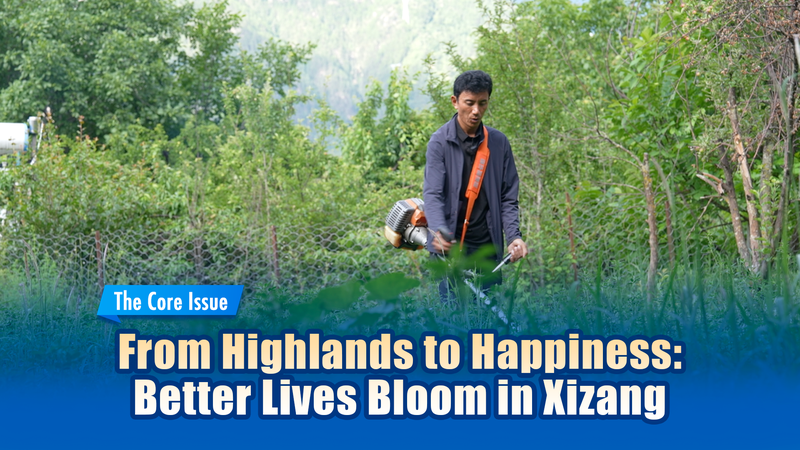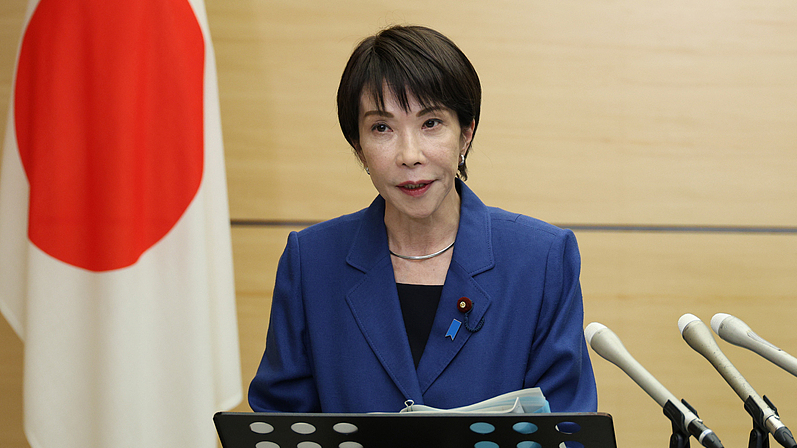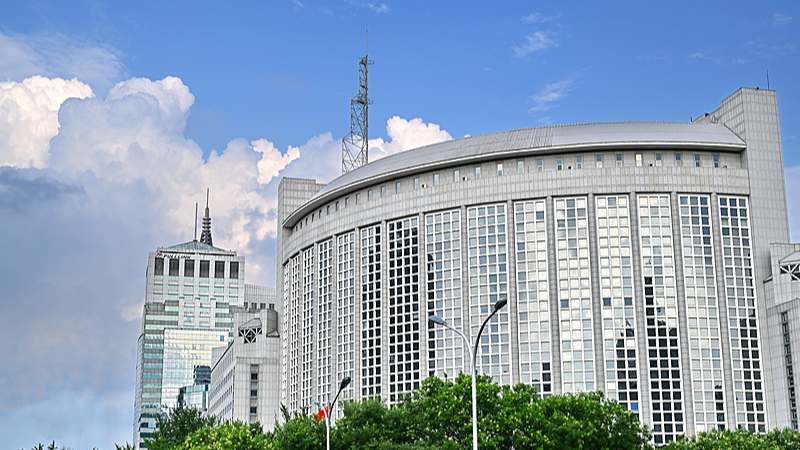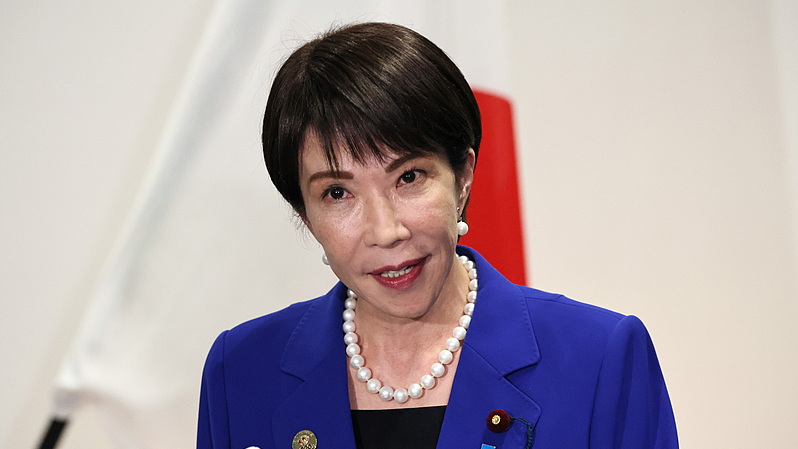Six decades since its founding, the Xizang Autonomous Region in the southwest of the Chinese mainland has transformed from remote highlands into a dynamic blend of economic growth, ecological balance, and cultural harmony. Once known for its rugged terrain and sparse infrastructure, Xizang now shines as a testament to targeted development and community resilience.
During his landmark 2021 visit, President Xi Jinping toured fields, spoke with farmers, and applauded local efforts to integrate modern agriculture with environmental stewardship. His journey underscored how strategic policies have unlocked new opportunities for residents across altitude and climate zones.
A rural renaissance in Galai Village
In remote Galai Village, high on the plateau, the story of Dawa Gyaltsen captures this transformation in human scale. When President Xi visited in July 2021, he met Dawa and his wife as they harvested cherries in their orchard. Today, that same orchard yields higher-quality fruit, thanks to improved irrigation, training programs, and better access to national markets.
Dawa shares that his household income has doubled since 2019, allowing the family to invest in solar panels, upgrade their home, and send their children to school in the regional capital. Their cherries now travel hundreds of miles to urban supermarkets, linking highland producers directly with consumers.
Across Xizang, similar stories are emerging. New roads and digital infrastructure are connecting remote communities to e-commerce platforms, while conservation projects are preserving grasslands and waterways. Data shows a steady rise in per capita income and a drop in poverty rates, illustrating how targeted investment can drive inclusive growth.
From high-altitude farms to bustling town centers, Xizang’s journey from highlands to happiness is more than a regional success story—it’s a blueprint for balancing prosperity with preservation, tradition with innovation.
Reference(s):
cgtn.com




